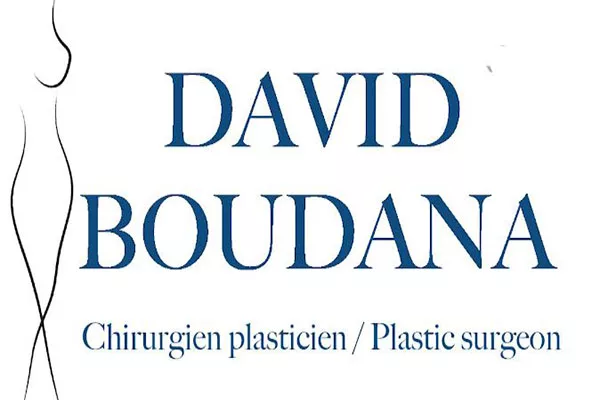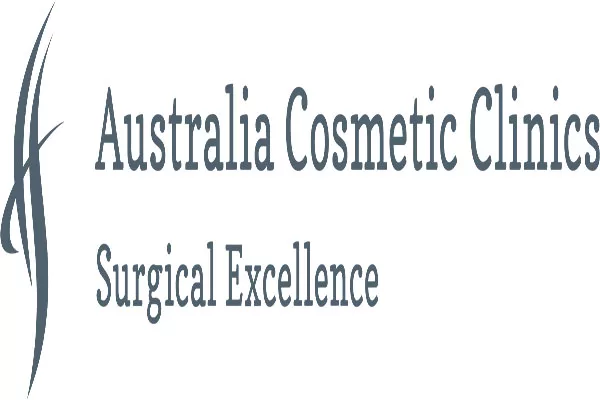Breast implant removal is a surgical procedure where the breast implants are removed from the breasts. There are many reasons why a woman may choose to have her breast implants removed, including discomfort, changes in the implant’s appearance, and the risk of ruptured implants. When an implant ruptures, it can cause pain, changes in breast shape, and may increase the risk of complications. In this article, we will focus on breast implant removal specifically for ruptured implants. We’ll look at the causes and symptoms of ruptured implants, and what to expect during the removal process.
Causes of Ruptured Implants
Ruptured implants can occur due to a variety of reasons, including:
- Age and Wear and Tear: Breast implants are not designed to last a lifetime. Over time, they can weaken and break down, leading to a rupture.
- Trauma: A sudden impact or injury to the breast can cause an implant to rupture.
- Compression: Constant pressure and squeezing of the breast, such as during exercise or sleeping on your stomach, can increase the risk of rupture.
- Surgical Error: Incorrect surgical techniques or damage during implant placement could cause a rupture.
- Manufacturing Defects: While rare, manufacturing defects in the implant can cause it to rupture.
It’s important to note that breast implants can rupture at any time, regardless of how long they have been in place. It’s essential to be aware of the symptoms of a rupture so that you can quickly seek medical attention.
Symptoms of Ruptured Implants
The symptoms of a ruptured breast implant can vary depending on the severity of the rupture, and if it’s a saline or silicone implant. Some common symptoms include:
- Changes in Breast Shape or Size: A ruptured implant can cause the breast to change shape or become smaller.
- Pain or Tenderness: You may experience pain or discomfort in the breast or chest area.
- Hardening or Lumps: Ruptured silicone implants may cause hardened or lumpy breast tissue, whereas saline implants may cause the breast to deflate.
- Swelling or Redness: Ruptured implants can cause swelling or redness in the breast.
- Numbness or Tingling: You may experience numbness or tingling in the breast or nipple.
It’s important to note that some women with ruptured implants may not experience any symptoms at all. Regular monitoring of your breast implants through clinical breast exams and imaging studies can aid in early detection of a rupture. If you experience any symptoms, it’s essential to consult with your doctor to determine the cause and appropriate treatment.
Diagnosis of Ruptured Implants
If you experience any of the symptoms of a ruptured implant, your doctor will perform a physical exam to assess the condition of your breasts. If they suspect a rupture, they may recommend further testing, such as an MRI or ultrasound, to confirm the diagnosis.
Imaging tests are used to detect ruptured silicone implants since a rupture may not be visibly apparent on a physical exam. For saline implants, ruptures are often immediately visible because the breast will deflate.
If your doctor confirms a rupture, they will discuss your options for implant removal or replacement. It’s essential to be honest with your doctor about your medical history, including any previous surgeries, to help them determine the best course of action.
Breast Implant Removal Procedure
Breast implant removal surgery is a relatively simple procedure. It’s usually performed under local anesthesia with sedation or general anesthesia, depending on the patient’s preference or medical condition.
The surgery typically takes one to three hours, depending on the complexity of the case. During the procedure, the surgeon will make a small incision in the same area where the implant was inserted. They will then remove the ruptured implant and any leaked silicone or saline from the breast pocket.
Depending on the patient’s preference and medical condition, your surgeon may perform a breast lift or use a smaller implant to restore the breast’s shape and size.
After the surgery, the patient is typically sent home the same day to begin the recovery process. It’s crucial to follow your surgeon’s post-operative care instructions carefully to ensure a smooth recovery.
Recovery Process
The recovery process following breast implant removal surgery is typically straightforward. Patients are advised to take it easy for the first week following surgery and avoid activities that may strain the chest muscles. They are also advised to wear a compression garment or bra to help reduce swelling and provide support to the breasts.
Patients may also experience some discomfort and swelling following surgery, which can be managed with pain medication prescribed by the surgeon. The duration of the recovery process varies from patient to patient, but most individuals can expect to return to work and resume their regular activities within two to four weeks.
It’s important to follow any post-operative care instructions provided by the surgeon strictly to ensure a smooth recovery process. In most cases, patients can resume physical activity and exercise after a few weeks but are advised not to lift heavy objects or participate in strenuous activities until they are fully healed.
Risks and Complications
While breast implant removal surgery is generally safe, there are potential risks and complications associated with any surgical procedure. Some of the possible risks and complications include:
- Infection: Any surgical procedure carries the risk of infection. Your surgeon will provide you with antibiotics to reduce this risk.
- Bleeding: Some bleeding is normal following surgery, but excessive bleeding can occur and require additional treatment.
- Numbness or Loss of Sensation: Following the surgery, you may experience numbness or loss of sensation in your breast or nipple.
- Seroma: A seroma is a collection of fluid that can build up in the breast pocket following surgery. This can cause swelling and discomfort and may require additional treatment.
- Capsular Contracture: Capsular contracture is the formation of scar tissue around the implant, which can cause the breast to feel hard and painful.
These risks and complications are relatively rare and can usually be treated effectively. It’s critical to discuss any concerns or questions with your surgeon before the procedure to ensure that you understand the potential risks and can make an informed decision regarding your care.
Alternatives to Implant Removal
In some cases, patients may opt for alternative treatments to remove their ruptured implants. These alternatives include:
- Implant Replacement: Rather than removing the ruptured implant, patients may choose to have the affected implant replaced with a new one.
- Capsulectomy: Capsulectomy is a surgical procedure in which the scar tissue around the implant is removed, leaving the implant in place.
- Observation: In some cases, if a patient is not experiencing any symptoms of a ruptured implant, observation may be recommended. This entails regular monitoring of the implant to ensure that it remains stable and does not cause any further complications.
Ultimately, the decision to remove or replace your ruptured implant is a personal choice that should be made in consultation with your plastic surgeon. Your surgeon can help you weigh the pros and cons of each treatment option and determine which course of action is best for you.
Conclusion
Breast implant removal surgery for ruptured implants is a safe and effective procedure that can address a range of symptoms. Whether you opt for implant removal or choose an alternative treatment, it’s crucial to seek medical attention if you suspect that you have a ruptured implant. With the help of a skilled and experienced plastic surgeon, you can safely and effectively restore the health and appearance of your breast.
If you have any questions or concerns about breast implant removal surgery or any other plastic surgery procedures, make sure to consult with your plastic surgeon. They will be able to provide you with the information and guidance you need to make an informed decision about your care.
Resources
If you’re considering breast implant removal surgery for ruptured implants, you may find the following resources helpful:
- American Society of Plastic Surgeons (ASPS): The ASPS website provides information on a variety of plastic surgery procedures, including breast implant removal.
- National Center for Biotechnology Information (NCBI): The NCBI website offers a wide range of medical information and research, including studies on breast implant removal.
- Breast Implant Illness and Healing Facebook Group: This Facebook group is a supportive community of women who share information and resources on breast implant removal surgery and related issues.
It’s essential to do your research and seek guidance from reputable sources when considering any medical procedure. Your plastic surgeon can provide additional resources and information to ensure that you are making informed decisions about your care.
References:
- American Society of Plastic Surgeons. Breast Implant Removal. https://www.plasticsurgery.org/cosmetic-procedures/breast-implant-removal
- National Center for Biotechnology Information. Rupture of Breast Implants: Safety Issues and Long-Term Effects. https://www.ncbi.nlm.nih.gov/pmc/articles/PMC6141038/
- Hirsch, E. (2020). Breast Implant Removal for Ruptured Implants. Verywell Health. https://www.verywellhealth.com/breast-implant-removal-for-ruptured-implants-49483
- Breast Implant Illness and Healing Facebook Group. https://www.facebook.com/groups/Healingbreastimplantillness/
- American Society of Plastic Surgeons. Breast Implant Removal Risks and Safety. https://www.plasticsurgery.org/cosmetic-procedures/breast-implant-removal/safety.







